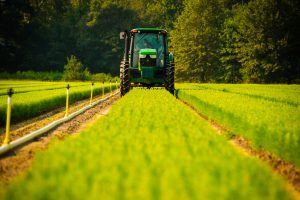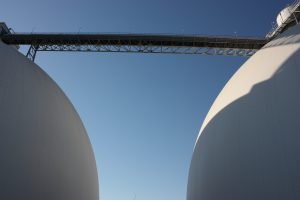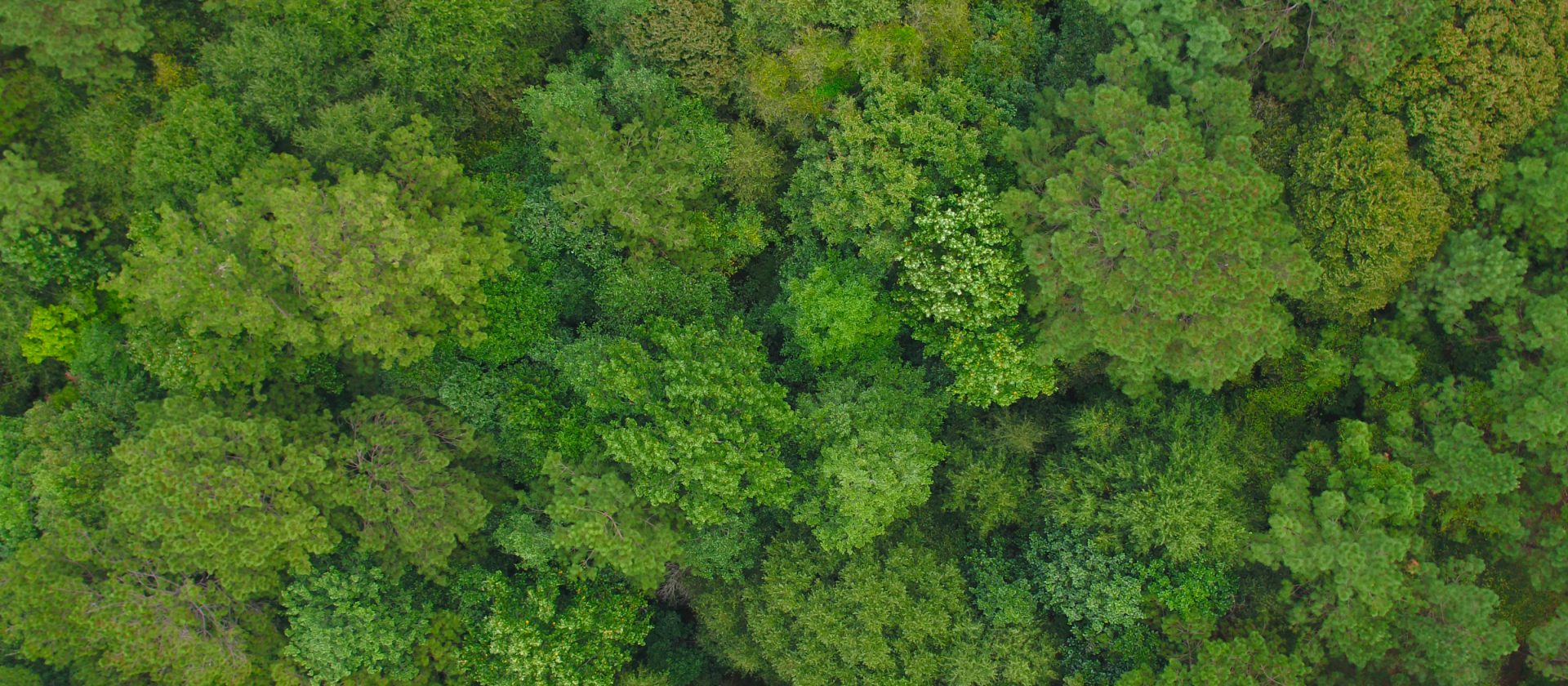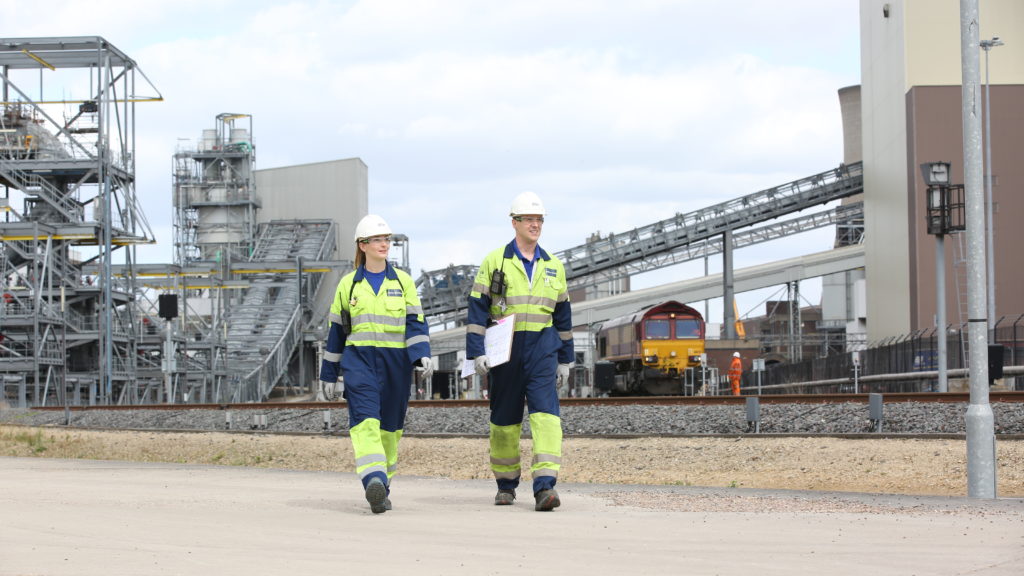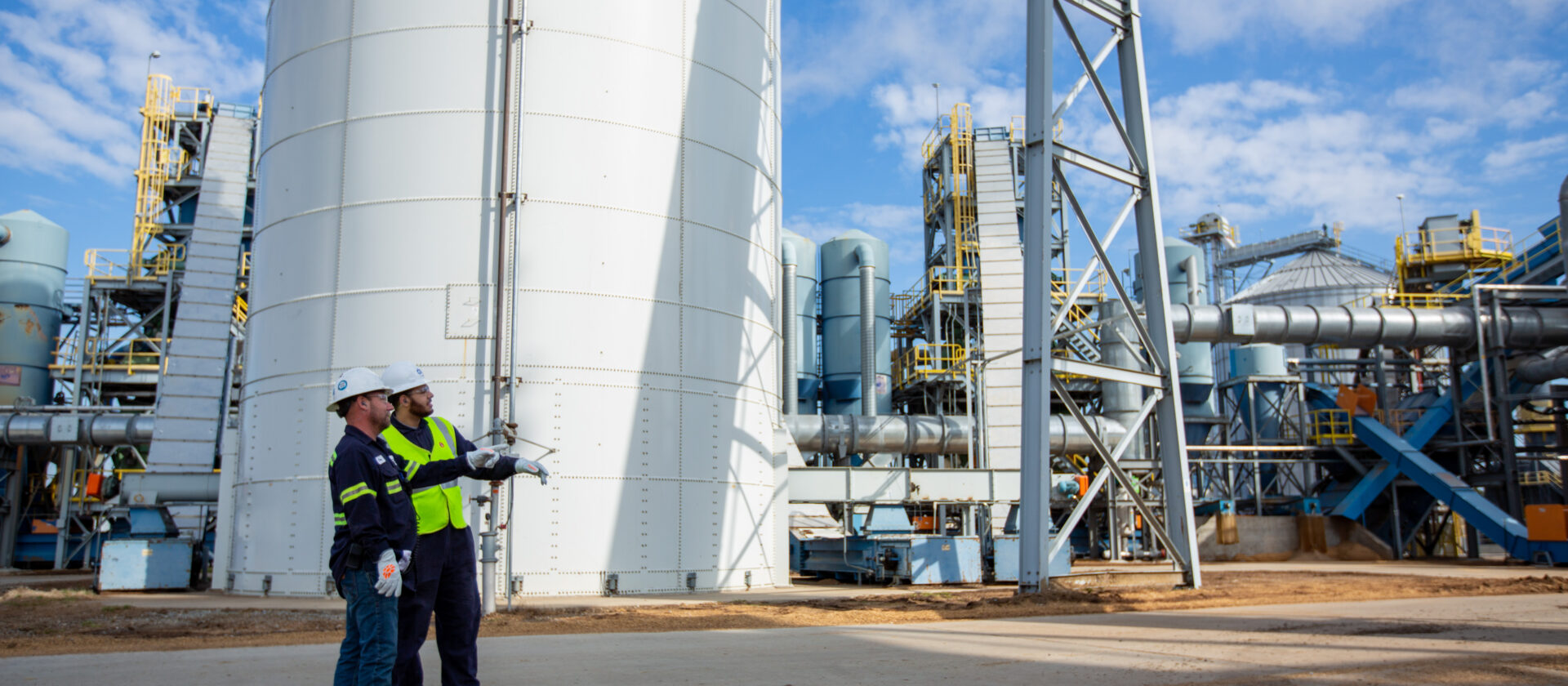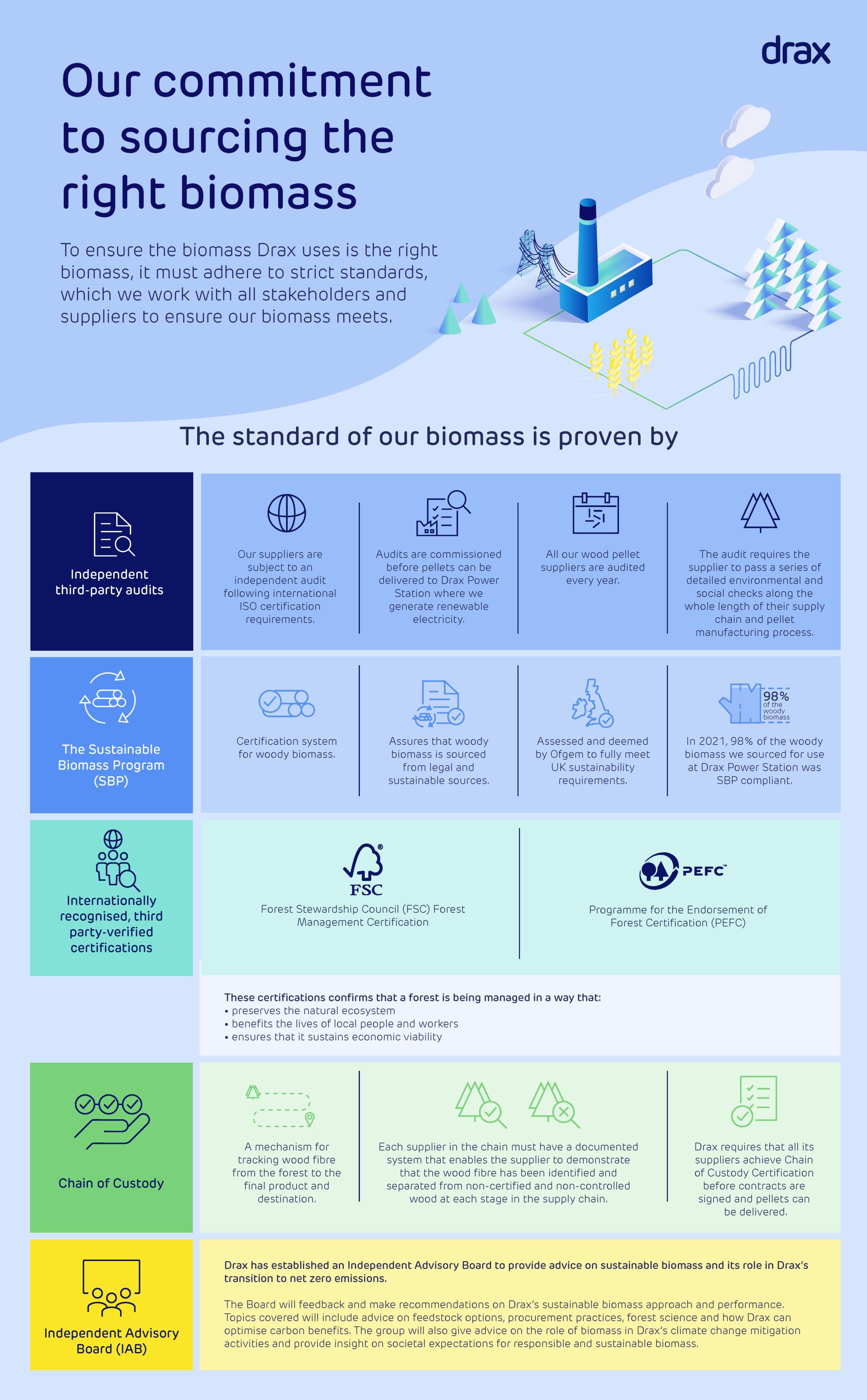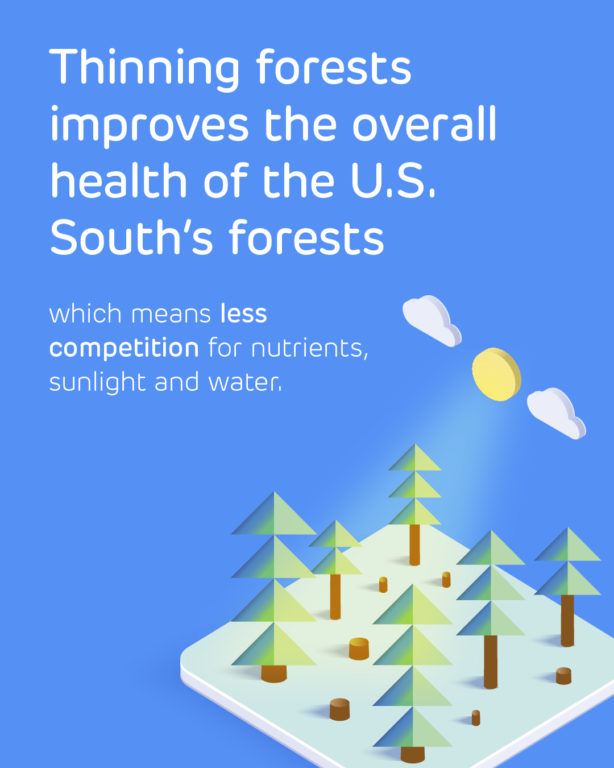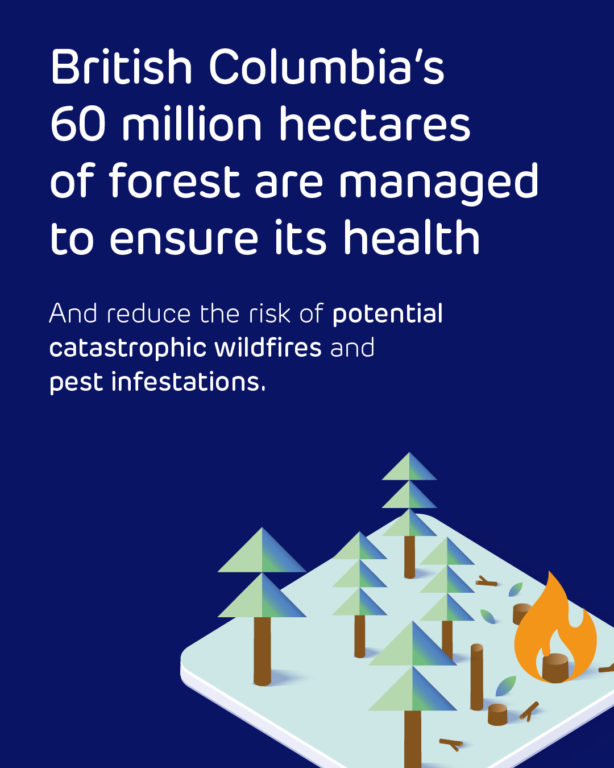What is Biomass?
 Biomass is organic matter. In the case of bioenergy, it typically refers to agricultural by-products and residues, woody waste products, and crops and microbes that can be used for fuel.
Biomass is organic matter. In the case of bioenergy, it typically refers to agricultural by-products and residues, woody waste products, and crops and microbes that can be used for fuel.
Read more
The role biomass plays

Sustainable biomass is helping to provide the renewable electricity the UK needs to decarbonise the grid and support more renewables to come online, enabling other sectors to decarbonise, such as transport.
Read more
Where does biomass come from?
 Biomass pellets used for bioenergy are generally made of low-grade wood which is a by-product of the production of higher-value wood products from sustainably-managed forests.
Biomass pellets used for bioenergy are generally made of low-grade wood which is a by-product of the production of higher-value wood products from sustainably-managed forests.
Read more
Supporting a positive future in the U.S. South
- Sustaining healthy forests
- Biomass and net zero
- Governance
Forests are harvested for high-value timber that displaces carbon intensive materials like steel and cement. Markets for trees encourage people to grow more trees. Markets for low-grade trees like those used in biomass production, helps landowners improve the health of their forest.
Sustainably sourced biomass used at Drax Power Station in Selby provides a scalable case study of a crucial renewable source of power that has replaced fossil fuels, and is supporting around 6,000 jobs across the North of England – at a time when other coal fired power stations have closed with the loss of thousands of jobs.
Sustainable Forest Management
Go Further
- Articles


